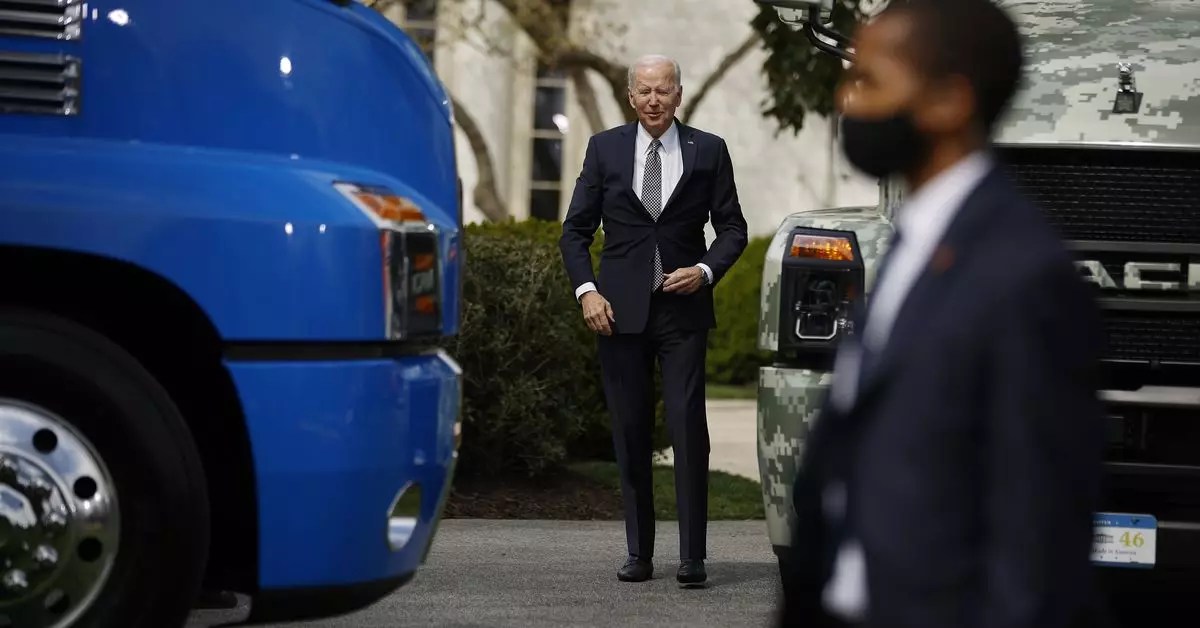The Biden administration recently unveiled new vehicle emission rules that were not as stringent as initially proposed. These rules aim to increase fuel economy by 2 percent per year for passenger cars in model years 2027-2031, and for light trucks in model years 2029-2031. The National Highway Traffic Safety Administration (NHTSA) estimates that these changes will raise the average fuel economy of light-duty vehicles to approximately 50.4 miles per gallon by 2031. This is a significant step back from the ambitious goals set out by President Biden in previous years.
Initially, President Biden proposed that passenger vehicles should achieve an average of 55 miles per gallon by 2026. However, the new rules have scaled back these requirements. In 2023, NHTSA also suggested increasing Corporate Average Fuel Economy (CAFE) standards by 2 percent for passenger cars and 4 percent for light-duty trucks from 2027 to 2032. These targets have now been significantly reduced. While some in the auto industry have welcomed these changes, others question whether they are still necessary as the industry moves towards electrification.
The auto industry has largely praised the new CAFE standards, describing them as “good and appreciated”, although some environmental groups have criticized the less strict regulations. Despite this, many agree that these rules will lead to cleaner cars and reduced pollution. The director of the Sierra Club’s Clean Transportation for All Campaign, Katherine García, believes that the new standards will improve gas mileage, reduce the impact of high gas prices on American families, and decrease the nation’s oil consumption. However, there is still concern about the gap between current fuel economy levels and the requirements needed to meet future deadlines.
While there have been improvements in fuel economy in the US over the years, the country is still struggling to keep up with the demands of an evolving market. The popularity of large trucks and SUVs has put American automakers at a disadvantage compared to their competitors in terms of achieving higher miles per gallon. This trend highlights the need for continued efforts to increase fuel efficiency and reduce emissions in the transportation sector.
Overall, the recent changes to the vehicle emission rules by the Biden administration represent a compromise between ambitious environmental goals and the practical realities of the auto industry. While there is room for improvement, these regulations signal a step in the right direction towards achieving a more sustainable and environmentally friendly transportation sector.


Leave a Reply